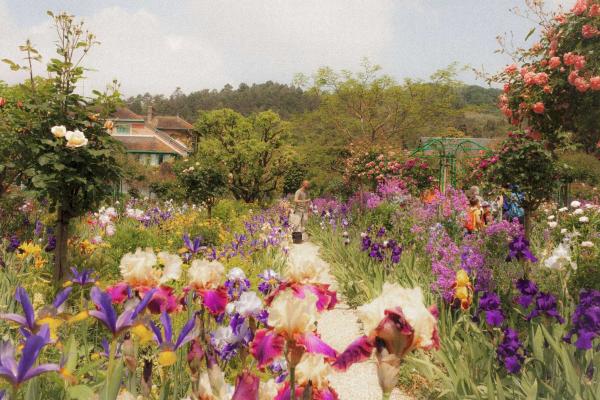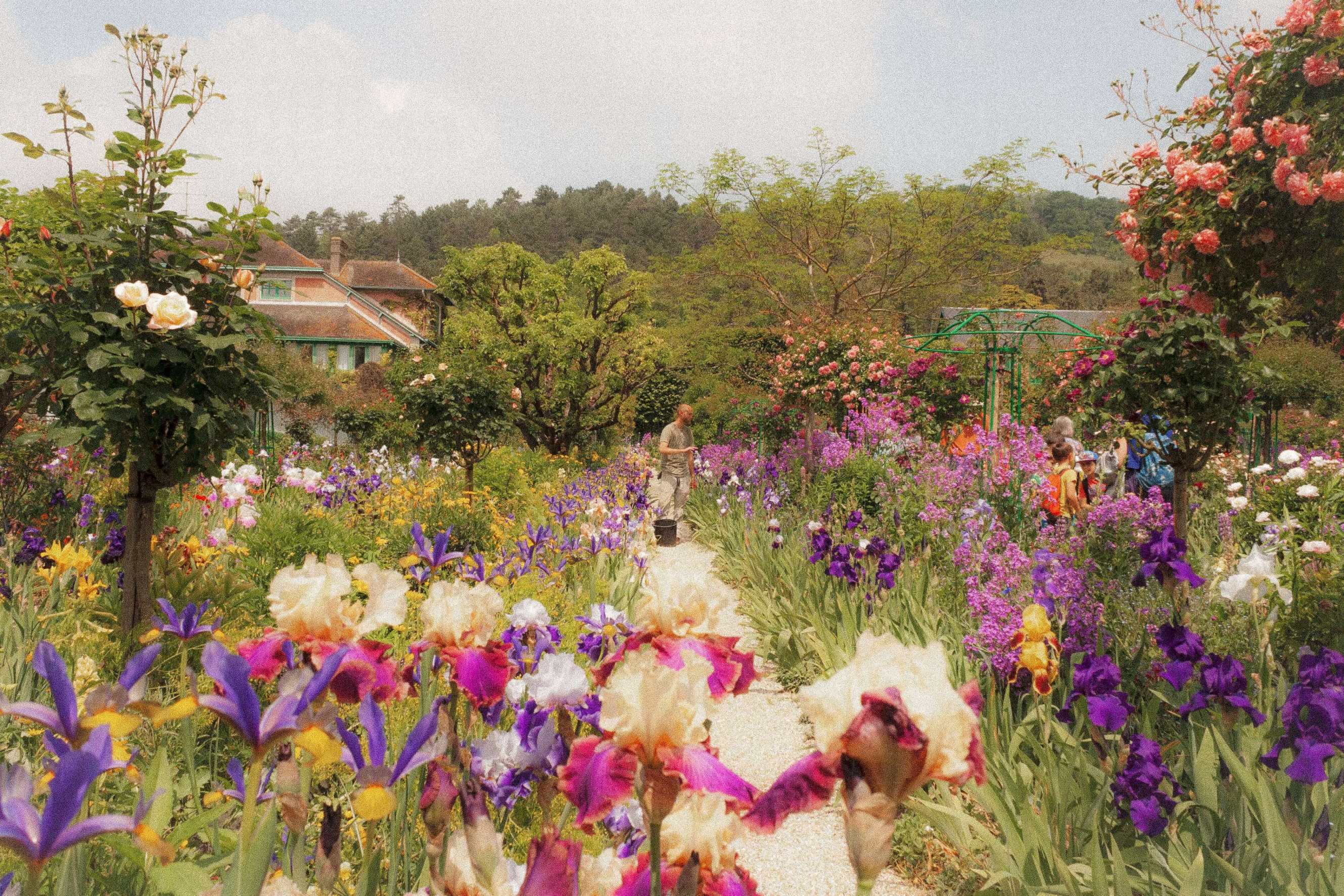5 Steps To Start A Native Garden
- February 28 2023
- 3 min read
5 Steps To Start A Native Garden

Finally, spring is here! It's time to get your gardening gloves if you don't have one and get your hands soiled with dirt.
Spring is the best time for gardening, this season brings growth and renews the environment. This is why we love spring.

If you have not decided on your to-do list for this season we suggest you add starting a native garden to your list and if you have decided to start your native garden we have compiled an easy 5-step guide to help you.
Native gardening is a sustainable means of gardening that uses plant species (flowers, trees, shrubs, fruit-bearing trees, grasses) that grow naturally in a specific location to generate a functional and aesthetically pleasing landscape.
Native gardening is beneficial, native plants are structured to handle the rainfall in their natural environments, and this saves you time and cost spent on irrigation.
The native gardening cuts down the use of chemical treatments, this way, you are contributing to a healthy ecosystem. Native gardening is also a way to support wildlife.
Native plants thrive in their local environment, they are a perfect fit for your climate, they do not need excess water, they enjoy the sunlight and they are protected from pests.
The ecosystem is a combination of plants, animals, humans, and more. Everything has a purpose or role to play to make the ecosystem better. Native plants for instance provide food for wildlife, and native plants also serve as habitats for wildlife. Growing a native garden is a good way to support local wildlife.
Let us proceed to the five (5) steps to create a native garden. Remember these steps are easy and fun. Let's go!
1. Plan a design
The plants are not the only important thing to consider when growing a native garden, the home for these plants is also important. This is why the first step is to plan your design.
You are to pick the best spot where the native plants would be planted. This design should be cohesive, a perfect way to achieve this is to view your yard as a picture frame where diverse parts of your garden are carefully fitted.
The edges of the sidewalks, the street, or your neighbor's yard should be aesthetically pleasing.
For example, bands of mown grass would look good when backed up with short native plants in your native garden.
Before you gather or order the materials and plants for your native garden you would need a site plan of your yard, this would help you know the perfect sizes of materials needed and the plants required for your native garden.
Also, list the elements you need for your garden, when you do this make sure you brainstorm on how you can access every part of your garden, this could be done with mown grass, paver path, or stone paths.
2. Plan a pathway
Planning the access points to your garden space is very important to create an aesthetic garden. A well-planned garden space is inviting and when the native plants flourish, it emits a welcoming experience. For example, you can grow short native plants along the pathway to your home. Mind you, do not reveal the entire puzzle pieces, create a winding path, or combine flowers with majestic plants or tall plants.
You could also provide benches at stop points so that people could take a spot and admire a perfect view of your lovely native garden.
3. Select the plants
Every gardener loves this step because it is exciting and fun. First, ensure that you spend quality time researching plants that are native to your area.
Get more information on the soil type, the plants' condition, heat and cold tolerance, light requirements, and moisture requirements.
Native gardens require fewer resources like mower fuel or irrigation so maintenance is easy, you do not need pesticides too because native plants adapt perfectly to the environment. Based on this, you are going to have extra time for researching your native plants. You could visit your local garden centers or plant sales. You could also go a step forward to learn more about wildlife (such as insects, birds, and butterflies) that are native to your area, this would help you create a perfect habitat and lovely native garden to invite or attract wildlife.
When purchasing your native plants, buy them in small pots or flat pots. These types of pots help native plants to adapt well and flourish after transplant and when planting remember to plant your native plants a foot apart.
Examples of native plants for your native gardens are listed below:
Grasses: Indian grass, Big Bluestem.
Shrubs; Chokeberry.
Perennials: Salvia, Liatris, Butterfly weed.
Trees: Redbub.
4. Select materials
You would need materials to build pathways. You can create your pathway from pavers and step stones. Pathways are inviting, they add shape and size to your native garden. A good choice for native garden pathways is cast stones. You could also use modern hard materials and add furnishings to make your garden attractive.
Some materials you could consider include patios, firepits, play areas, or seating.
5. Maintenance plan
Native gardens are less costly, they do not require fertilizers, and they are healthy and beneficial for your family, the neighbor, and the climate. Yet, weeding would be required till plants cover the soil surface so, ensure that you plan for maintenance.
Remember, do not cut off your flowers, the birds enjoy the seed heads. When you cut plants down, leave them longer than you would, you might not like this yet, but it is useful to birds who use these dead plant materials to protect themselves from cold and wind, native insects also lay eggs in hollow stems so, give them a chance to breed.
We hope that you find fun when you engage in our 5-step easy guide to starting a native garden. Remember, native gardens are eco-friendy so grow one and enjoy it!
Gain access to Orders, Tracking, Custom Options and Much More!